
Ask any seasoned collector what drives the passion, and the answer often circles back to stories hidden in paper and ink. A handful of stamps carry tales of errors that slipped past printers, or sheets that vanished before reaching post offices. Those quirks turned them into legends. Here are 20 such remarkable examples that continue to define collecting ambitions across generations.
British Guiana 1c Magenta
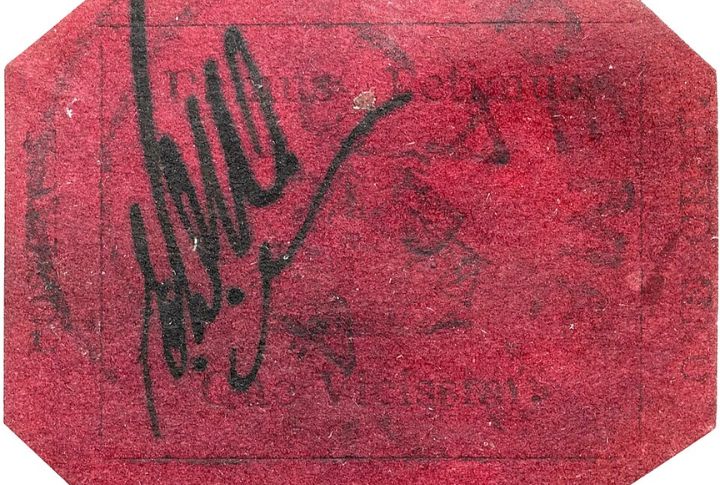
The British Guiana 1c Magenta stands alone as the world’s rarest stamp, created as a temporary solution during a postal emergency. Previous owners have added their signatures to its reverse side, while its newspaper press origins add to its mystique. The stamp continues breaking auction records, commanding millions of dollars.
Sicily Error Of Color, 1859
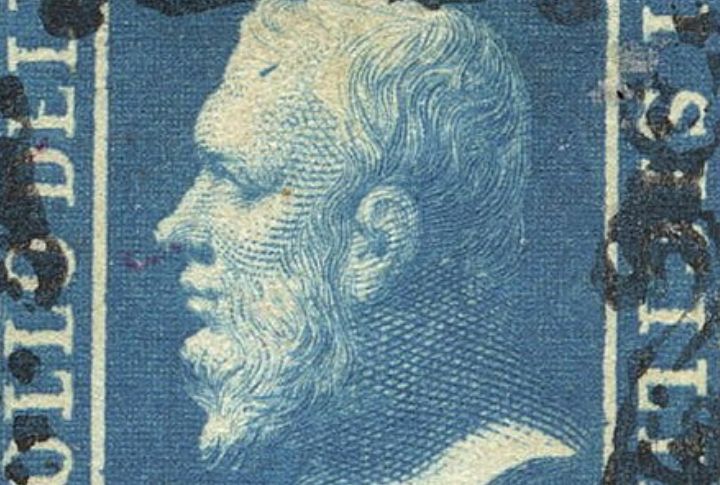
In 1859, printers in Sicily slipped, and what should have been orange stamps appeared in blue. That small error rewrote the history of collecting. Only two examples remain today. They were reunited in Manchester in 1899, and one later commanded $2.6 million under the auctioneer’s gavel.
The Whole Country Is Red, 1968

This coveted 1968 stamp depicts citizens holding Mao’s “Little Red Book” against a backdrop of China. The design includes a worker, farmer, and soldier, yet officials quickly recalled it when Taiwan appeared in white rather than red. In turn, one copy later commanded $2 million.
U.S. Inverted Declaration Of Independence, 1869
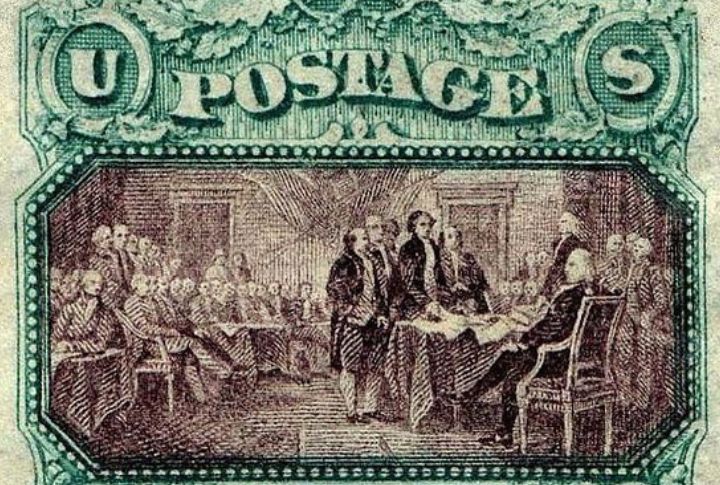
The drama of the 1869 Inverted Declaration of Independence lies in its upside-down vignette. That single printing mistake elevated the stamp into legend. With only a handful known today, its reputation rests firmly among the most coveted errors in philatelic history.
Red Revenue Large Figures Surcharge $1 On 3c, 1897
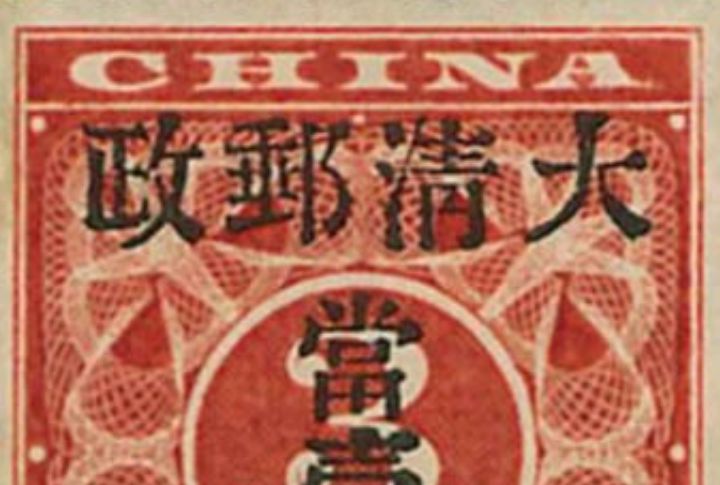
The Red Revenue $1 on a 3c stamp stands as a symbol of China’s Qing dynasty currency reform. A mere 32 examples exist with the ‘small figures’ surcharge, while both small and large dollar varieties remain documented. This scarcity drove one specimen to fetch $878,908 at auction in 2013.
Alexandria Blue Boy, 1847
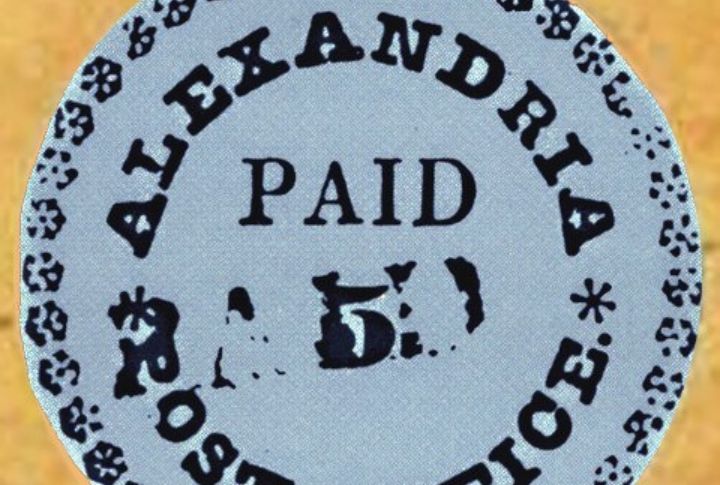
A Postmaster’s Provisionals stamp appeared in Alexandria, Virginia, in 1847, when the city was still part of the District of Columbia. Its singular status as the only known example turned it into legendary standing among collectors. That rarity also helped drive its value from $1 million in 1981 to $1.18 million by 2019.
Z Grill Benjamin Franklin, 1868
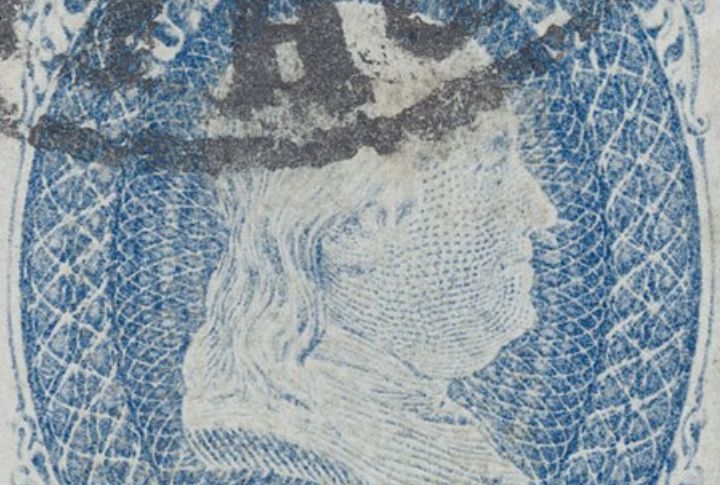
Private collectors dream of acquiring the legendary Z Grill Benjamin Franklin stamp. The 1868 masterpiece features a special pressed pattern to prevent reuse, while its status as America’s rarest stamp stems from just two surviving examples. In turn, only one remains obtainable.
Inverted Jenny, 1918
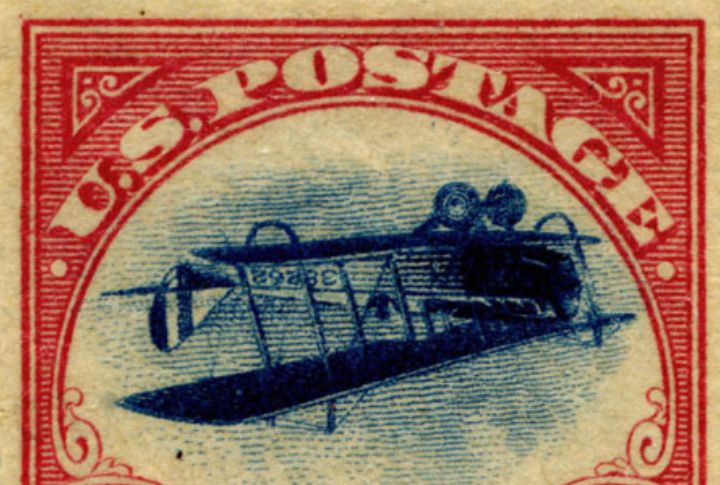
The eagle-eyed William T. Robey made history by purchasing an entire sheet of misprinted stamps in 1918. These 100 Inverted Jennys, featuring an airplane printed upside-down, remain highly sought-after. Their status was also reinforced when one specimen achieved $2 million at auction in 2023.
Scott #1, 5c Franklin, 1847
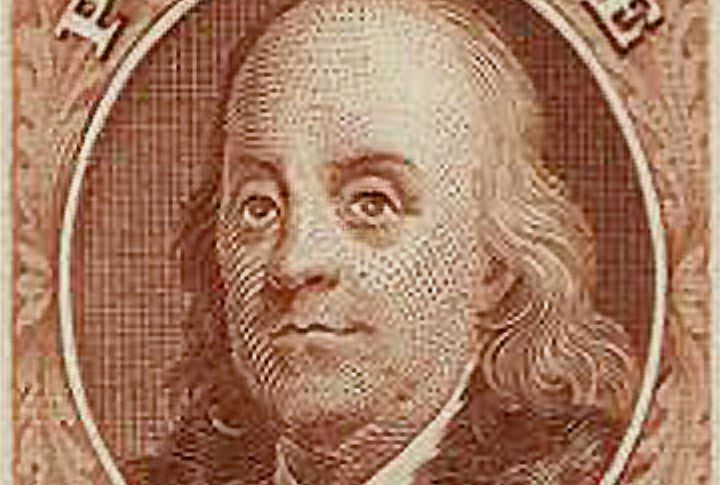
Benjamin Franklin’s portrait graced America’s inaugural postage stamp in 1847. Despite official reproductions appearing in 1875 as Scott #3 and #4, authentic originals maintain higher value. Furthermore, the stamp’s identification proves complex due to similar reissues, yet even damaged specimens fetch hundreds.
Scott #2, 10c Washington, 1847
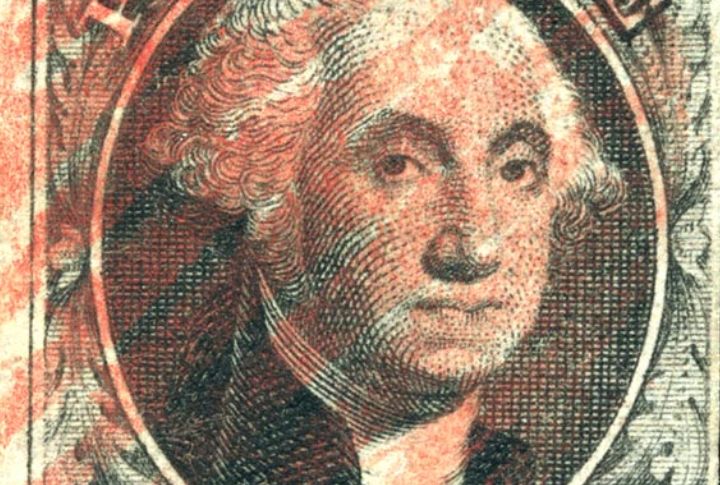
The 10c Washington stamp stands as a cornerstone of American philately, paired beautifully with the 5c Franklin in collections. Released in 1847, this highly collectible item was produced in smaller quantities than Scott #1. Beyond that, its value soars when found in good condition.
Cape Of Good Hope Triangle, 1853
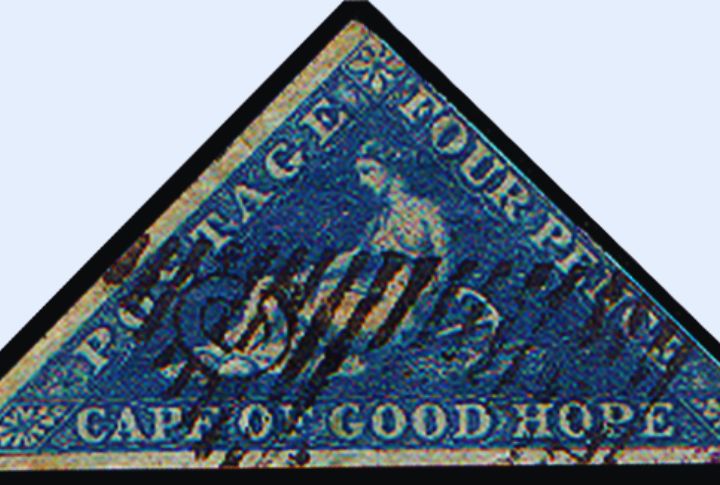
The Cape Colony made history in 1853 with its distinctive triangular postage stamp. Not only was this shape unique among stamps worldwide, but it also prevented confusion with other colonies’ rectangular designs. Moreover, the Cape of Good Hope Triangle remains one of philately’s most iconic classic stamps.
Scott #85A, 1c Franklin Z Grill, 1868
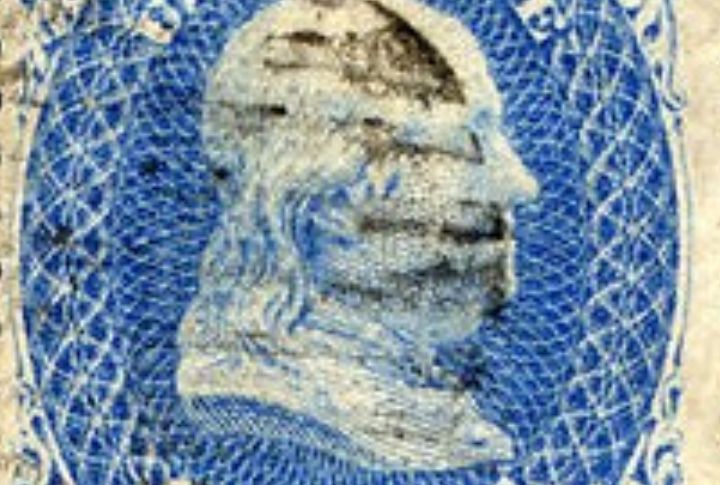
Benjamin Franklin’s face graces one of philately’s greatest rarities, the Z Grill stamp. Its unusual grid of pressed squares was designed to stop reuse by breaking paper fibers. Only two examples survive, and one famously changed hands in a trade involving coveted Inverted Jennys.
“Large Dragon” China, 1878
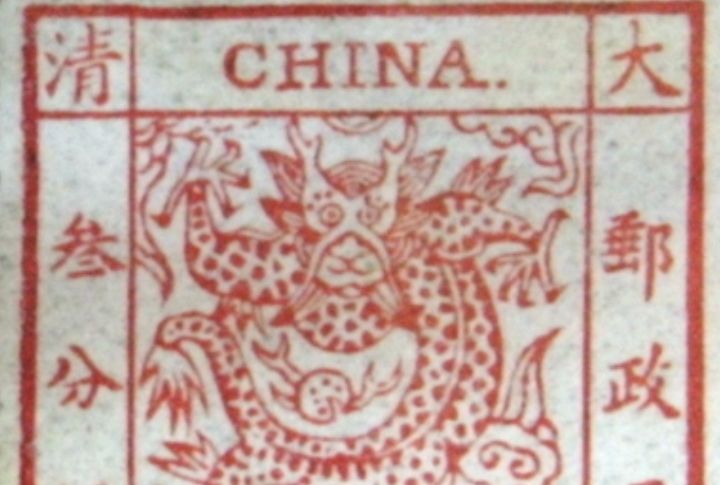
When the Qing Dynasty entered the world of postage stamps, the dragon became its fierce emblem. These “Large Dragons” hold a mythical pull for collectors, especially the 1ca green printed on thin paper. Surviving sheets are nearly nonexistent, and examples with original gum are treasured beyond measure.
Mauritius “Post Office” Stamps (One Penny Red & Two Penny Blue), 1847
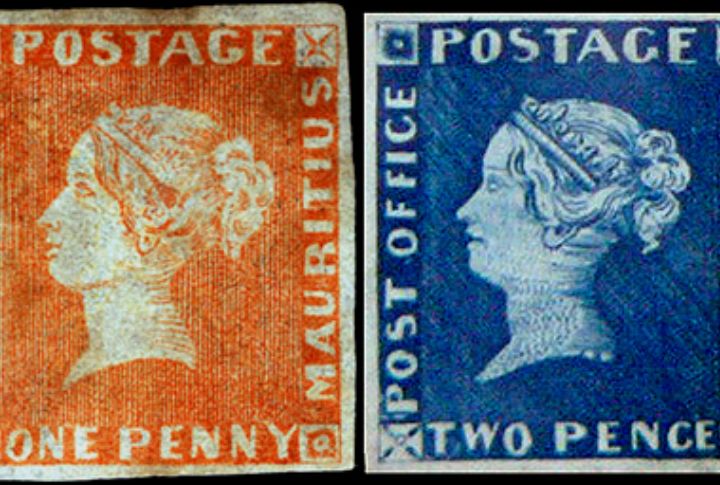
If you picture holding a piece of history in your hand, the Mauritius “Post Office” stamps come to mind. Printed in 1847, they marked the first colonial issues beyond Britain. With only 500 of each made, their few surviving examples remain treasured.
Penny Red Plate 77 (UK), 1863
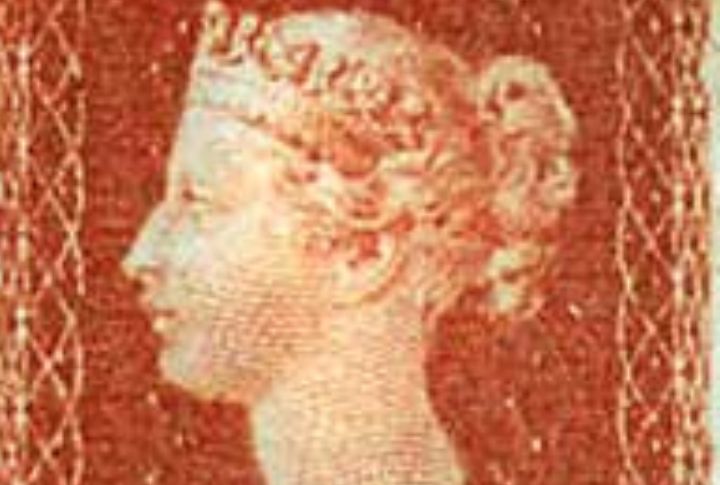
A printing defect made this plate infamous. Almost all impressions from Plate 77 were destroyed, yet nine escaped destruction. One such rarity once formed part of a full sheet, while another in superb condition sold for around $845,000, cementing its place among Britain’s rarest treasures.
Swedish Treskilling Yellow, 1855
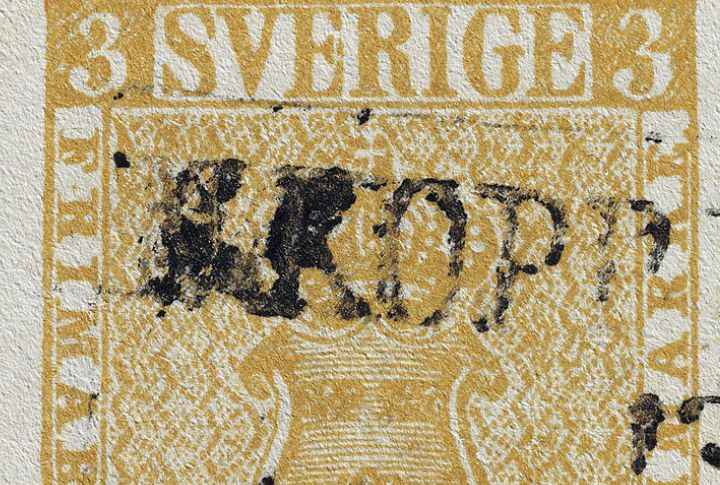
Ever hear of a stamp worth more than most houses? Meet the Treskilling Yellow, a 1855 Swedish stamp that was accidentally printed yellow instead of green. One lone survivor exists today. Collectors go wild for it, bidding millions. Who knew a tiny piece of paper could turn into the ultimate collector’s bragging right?
Baden 9 Kreuzer “Error Stamp”, 1851
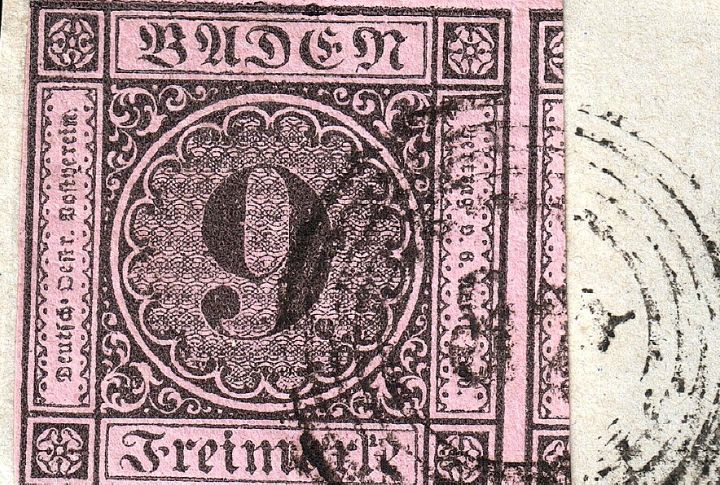
German philately’s early years produced a true rarity in the Baden 9 Kreuzer error. The stamp was printed in the wrong color, instantly setting it apart. Only a handful remain, and their survival ensures the issue holds a lasting place among Baden’s greatest treasures.
Basel Dove, 1845
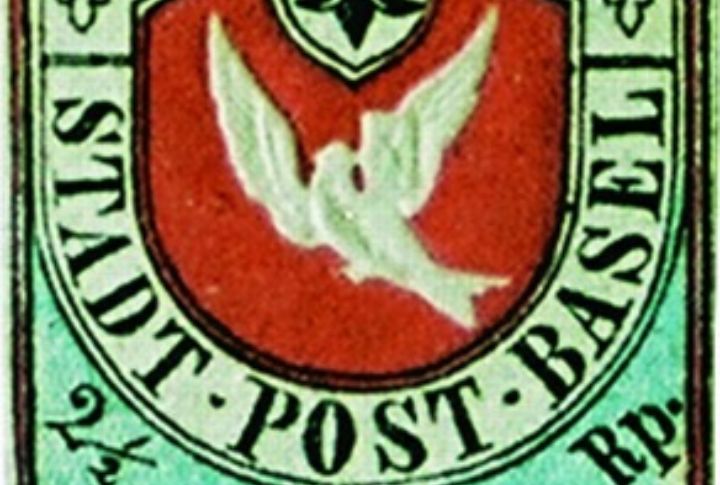
Swiss postal history changed forever when the Basel Dove appeared on July 1, 1845. Only 41,400 stamps were produced across two printings, while the design by Melchior Berri featured a white embossed dove with a letter in its beak. Additionally, it broke ground as the first tricolor stamp.
12-Pence Black, 1851
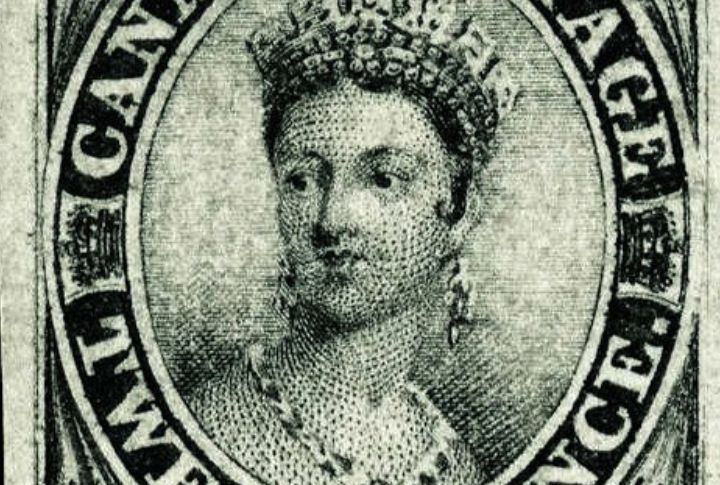
The 12-Pence Black of 1851 is one of Canada’s greatest philatelic treasures. Bearing the portrait of Queen Victoria, it was issued by the Province of Canada but saw few preserved. Most unused examples disappeared long ago, leaving the stamp exceptionally scarce and prestigious.
Tiflis Stamp, 1857
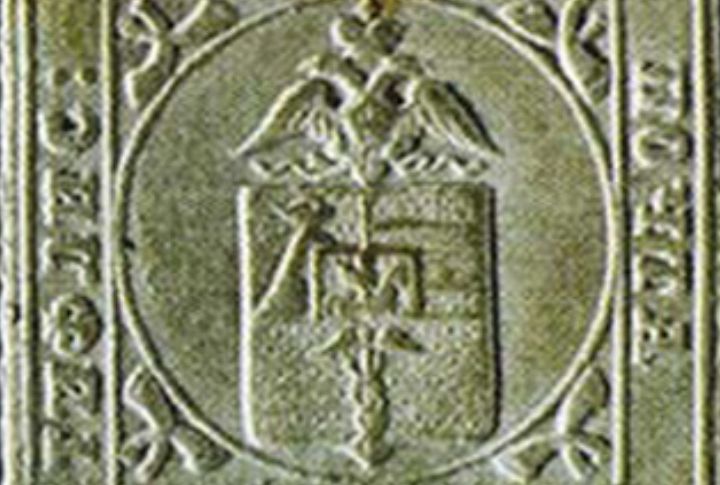
The city of Tiflis, modern-day Tbilisi in Georgia, produced one of philately’s greatest treasures in 1857. This stamp ranks among the Russian Empire’s earliest postal releases and remains extremely rare today. Beyond its status as one of Russian philately’s most valuable items, only a few specimens have survived to the present.

